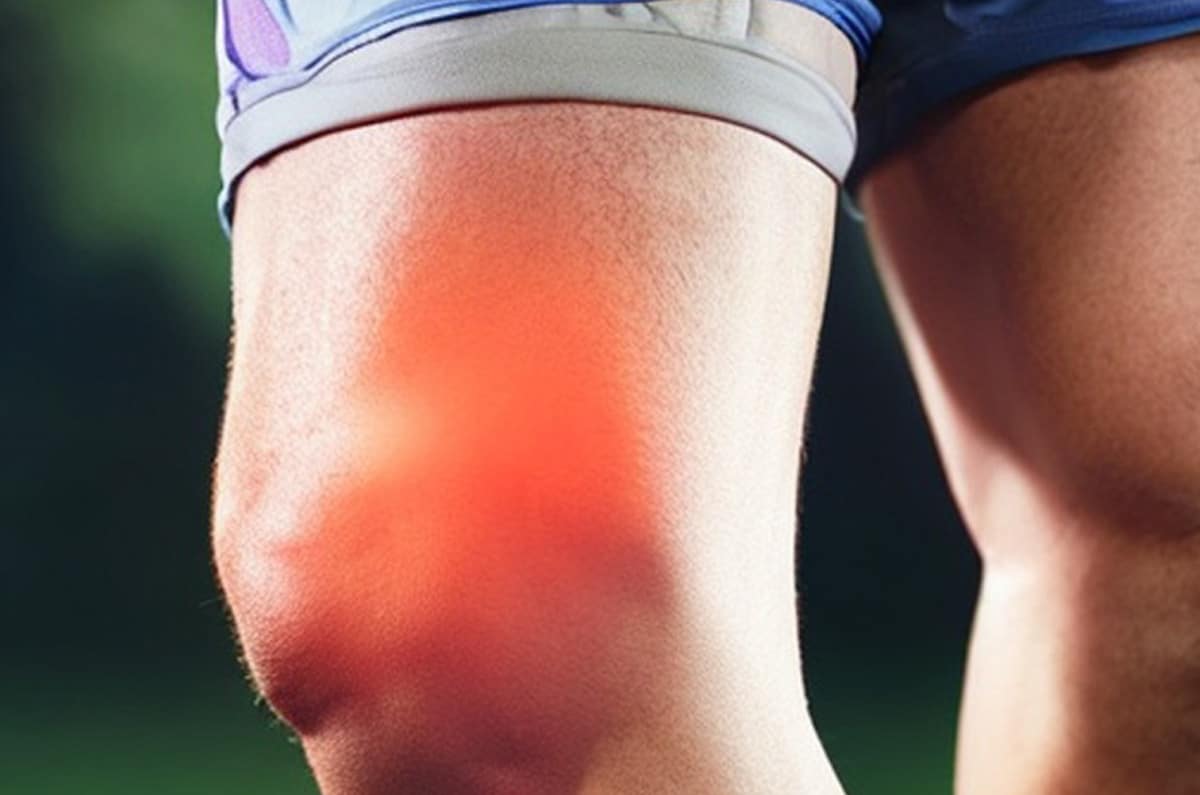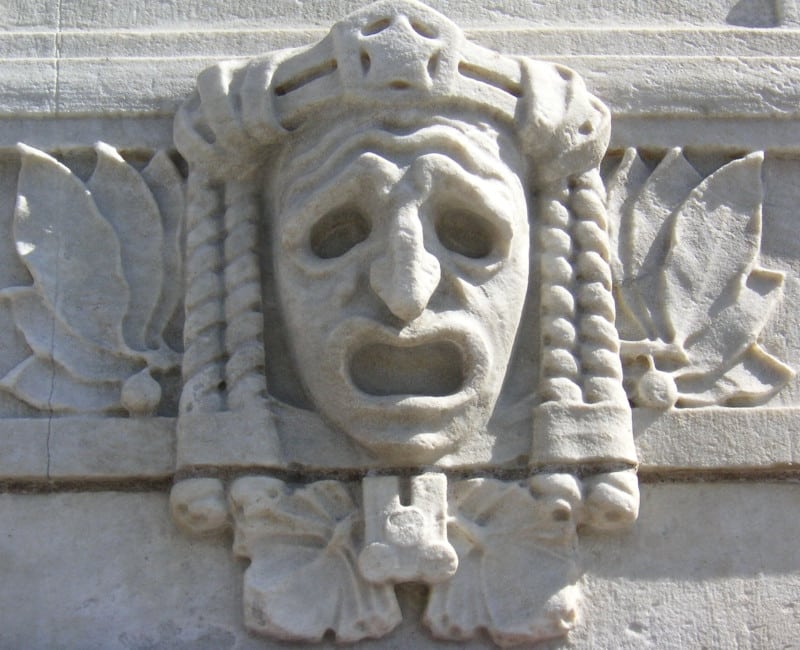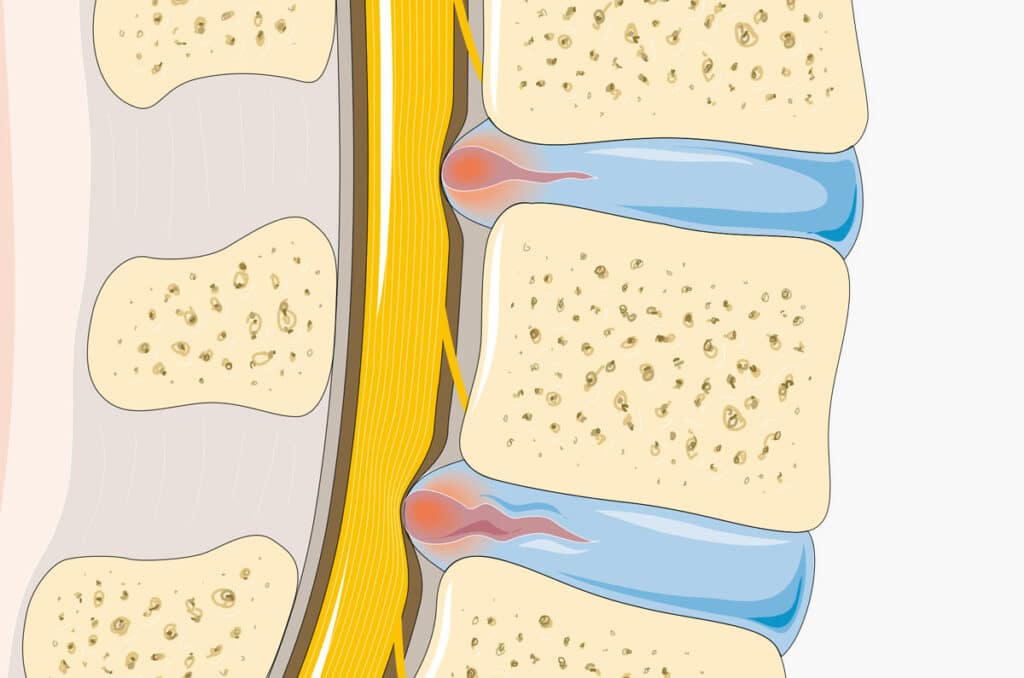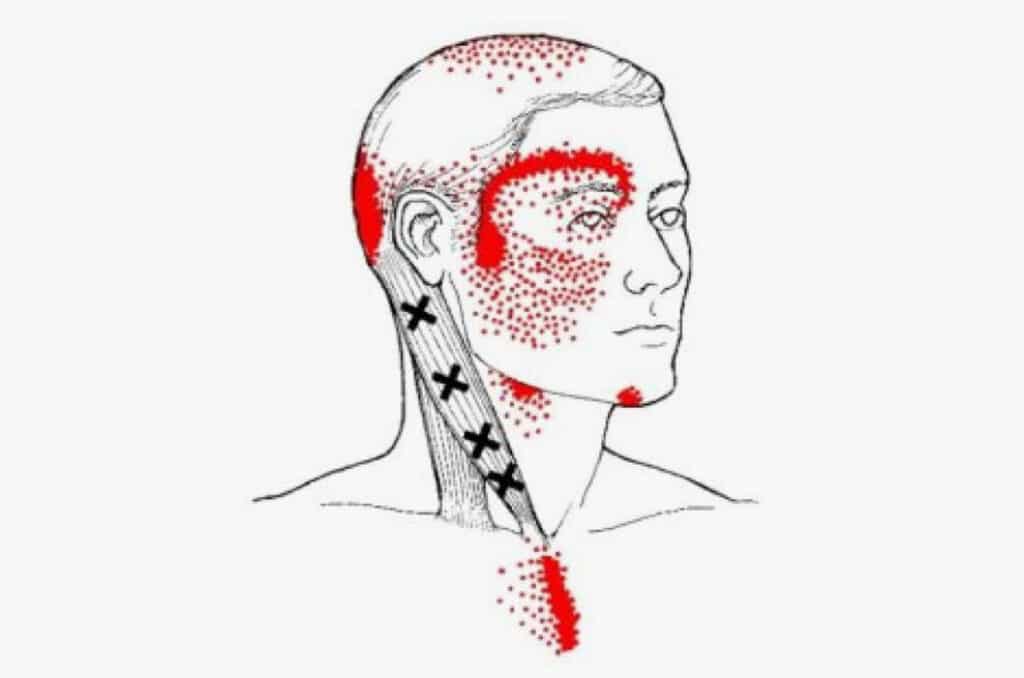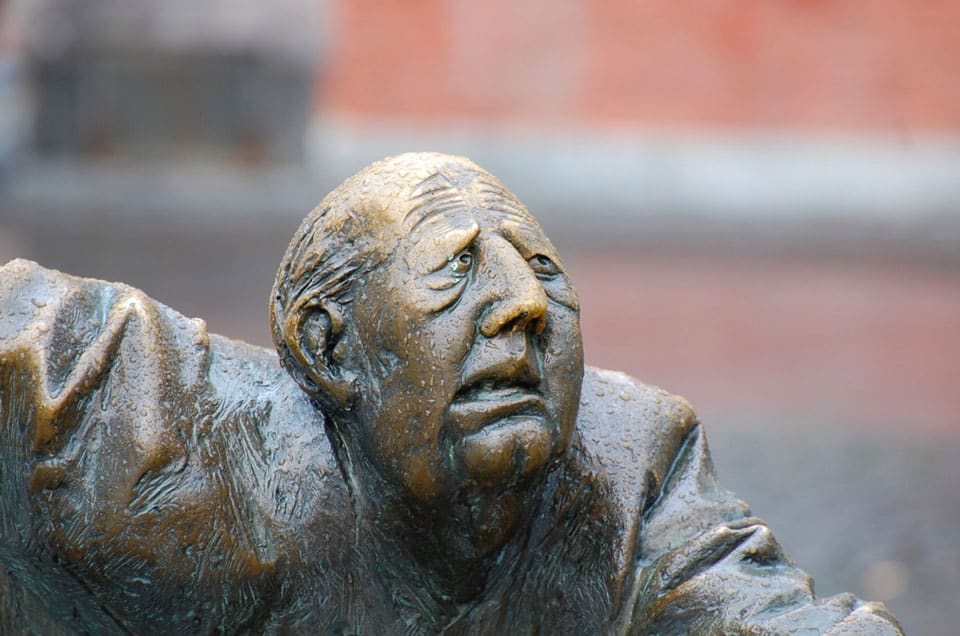Tendons are collagenous structures that connect the muscles to the bone. Tendons can be damaged and even torn during an injury. The tendons most commonly injured are the patellar tendon in the knee, the Achilles tendon behind the ankle and the shoulder tendons. Shoulder tendon degeneration and tearing are exceedingly common with age. Ligaments are collagenous structures that connect one bone to another and overlie the joint, permitting joint stability.
A ligament can be sprained or torn. The definition of a sprain is when the ligament is suddenly stretched enough to cause mild tearing of fibres, sometimes with enough fibre tearing to see under ultrasound as a partial tear of the ligament. An injury strong enough to cause a fracture is often strong enough to also cause a partial tear; the latter can cause chronic pain, even though the fracture itself usually heals within a few weeks.
Tears in tendons and ligaments, whether partial or complete, can lead to chronic pain as well as joint instability. An acute sprain usually heals on its own, though often the ligament does not return to its original length and strength. Then, the joint becomes more susceptible to recurrent sprains and thus the vicious cycle begins. Prolotherapy and injection of platelet-rich plasma (PRP) are 2 very effective modes of therapy for treating tendon and ligament injuries. These methods strengthen the collagen tissues by increasing collagen production, and can at least partially heal the damaged region. These injections are best done under ultrasound guidance so that it is possible to identify the tear and inject straight into it.
Shoulder Tendon Tears
The shoulder joint has the largest range of motion in our body, but this comes at the expense of its stability. Therefore, the shoulder joint is the most vulnerable to injuries, such as tendon and labrum tears as well as dislocations.
Tears in the rotator cuff tendons of the shoulder are very common with age but do not always cause pain. Full-thickness tears appear in 25% of people in their 60s and 50% of those in their 80s. A significant portion of these patients do not suffer from pain at all, but some suffer a lot, with the pain worsening at night. Pain may also radiate down the entire arm and forearm. When the pain becomes prolonged, the neck muscles are recruited to improve function and can also develop secondary trigger points and pain.
It should be taken into account that the shoulder girdle consists of four joints! If the function of all of these joints is not evaluated as an essential part of both the examination and the treatment, you may not get long-term benefit from injections or even surgery that target only the main joint of the shoulder.
Cortisone injections have become the standard treatment for pain resulting from torn rotator cuff tendons. To lower an inflammatory component in the area, the cortisone must also break down proteins; therefore it also weakens the collagen tissue and increases the risk of tendon rupture. A review published in The Lancet showed that if cortisone injections are repeated over and over again (not just in the shoulder), the condition ends up being worse than it was before treatment began.
On the other hand, prolotherapy and platelet-rich plasma injections can be used to strengthen the shoulder girdle tendons that are weakened due to tendon tears, and possibly even lead to some healing of partial tears. Even in the case of full-thickness tears, although it is likely that these will not be repaired, the supporting ligaments of the shoulder can be strengthened in order to improve general shoulder function and prevent further deterioration.
Sacroiliac Dysfunction
The incidence of pain originating from the sacroiliac joints is relatively high. The sacroiliac (SI) ligaments and joints function as constant shock absorbers with every step and jump we take; any pathology of the surrounding structures places additional pressure on the aforementioned area. Therefore, the SI joints and ligaments together probably cause at least one component of lower back pain in about 60% of cases. The function of these ligaments is intimately related to that of the buttock muscles; if the function of one is impaired, so is the other.
Many people suffer from injuries to these ligaments for various reasons, such as
- Car accidents and serious falls
- Secondary to pathology in the lumbar spine, spine fusion, spinal stenosis and also in the hip joints
- Chronic strain due to incorrect posture and poor ergonomics
- Weak buttock and stomach muscles
If there are positive clinical signs in the examination of the SI ligaments, then prolotherapy and platelet-rich plasma treatments can be beneficial and bring long-term pain relief. Most often, patients report an improvement in function as well as stability. In certain cases, it is worthwhile to treat the spine and hip joints to complete the treatment and bring good long-term results.
Meniscal Injuries
The menisci are fibrocartilaginous structures in the knee joint; their function is to shock absorb as well as to nourish the joint. Younger people, most commonly men, suffer from the traumatic type of meniscal tear in contact sports; the more serious injuries also affect other structures within the knee. Those above the age of 55 are more likely to suffer from chronic, degenerative type of meniscal tears, usually associated with degenerative osteoarthritis.
Severe tears may require surgical repair- depending on their type. Arthroscopic removal of the damaged part of the meniscus has not proven to be of any benefit. Mild to moderate tears may be helped by regenerative medicine. Injection of platelet-rich plasma or stem cells into the injured structures as well as into the joint itself has shown promising results. Prolotherapy to other supporting ligaments is aimed at potentially strengthening the infrastructure so that the knee as a whole can better withstand the forces applied to it.

